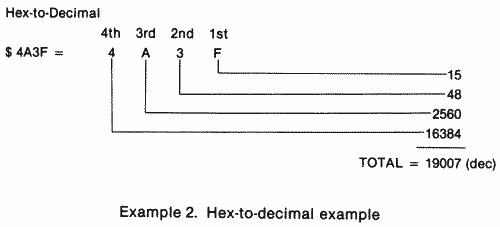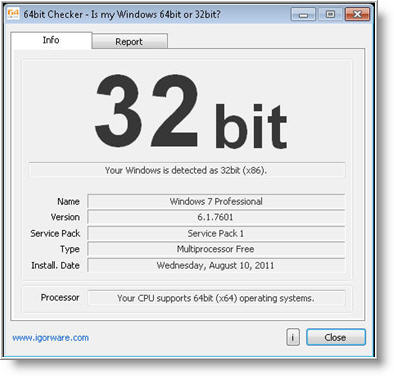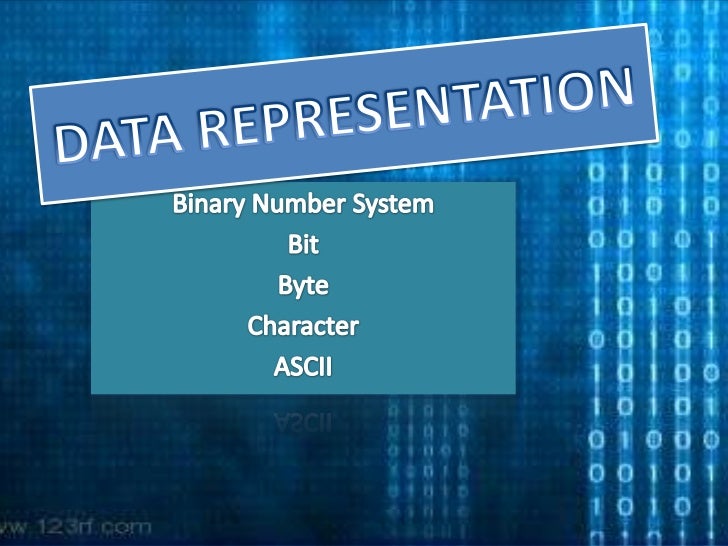Generation Of Computers
Each generation of computer is designed according to new technological development to be better, cheaper,smaller computer, and faster than than the others.
1
1st Generation – Vacuum Tubes
- instructions were written in machine language. Machine language uses 0's and 1's for coding of the instructions.
- enormous in size.
2nd Generation – Transistors
- used magnetic core technology for primary memory. They used magnetic tapes and magnetic disks for secondary storage.
-input was through
punched cards.
3
rd Generation – Integrated Circuits
-keyboard and the monitor were interfaced through the operating system. Operating system allowed different applications to run at the same time.
- size of these computers was quite small compared to the second generation computers.
4
th Generation – Microprocessors
- developed during this time. This generation of computers supported Graphical User Interface.
- Are smaller than the
computers of the previous generation.
5
th Generation – Artificial Intelligence
- Goal is to develop computers that are capable of learning and self-organization.
- Uses parallel processing that allows several instructions to be executed in parallel, instead of serial execution.












